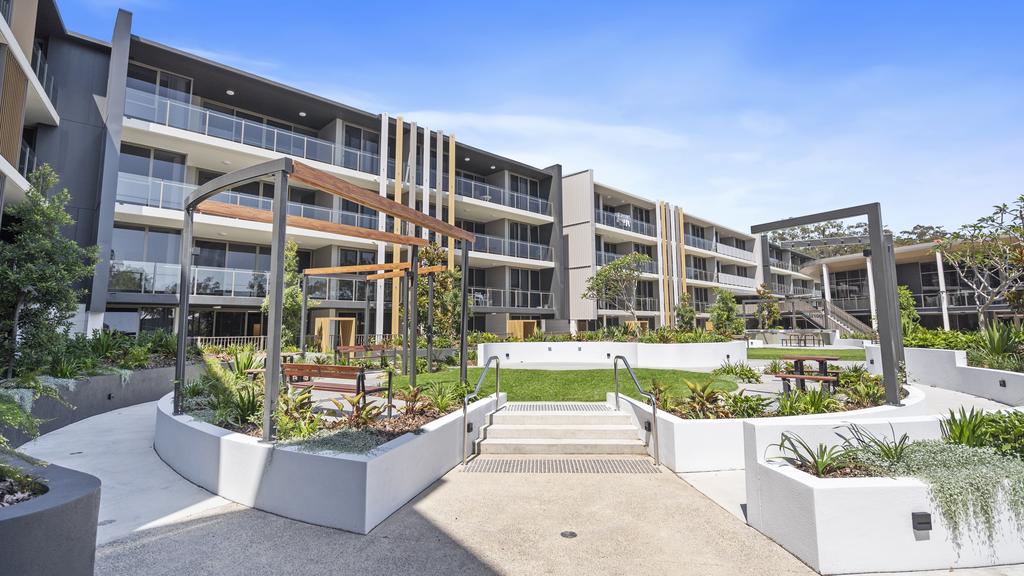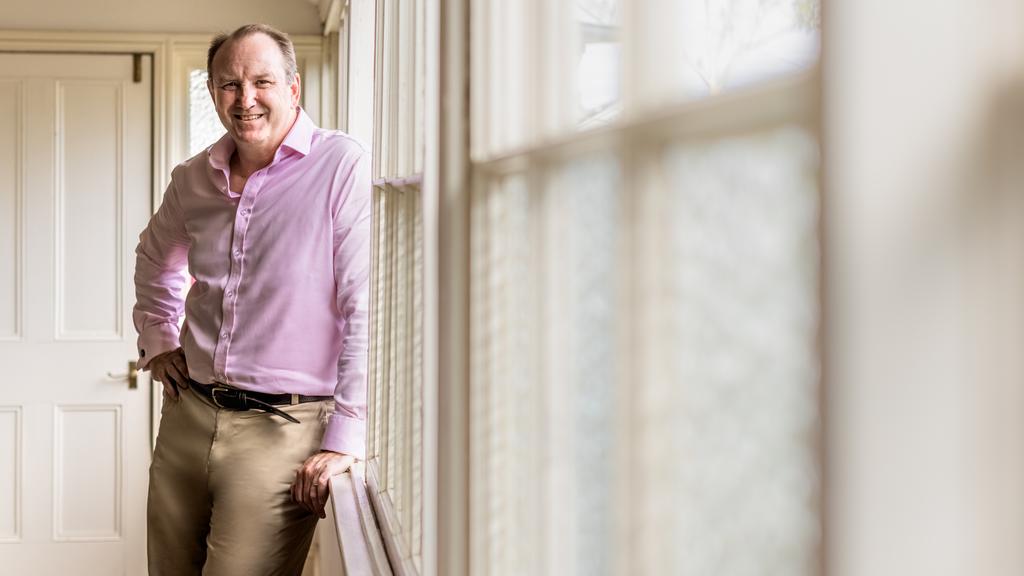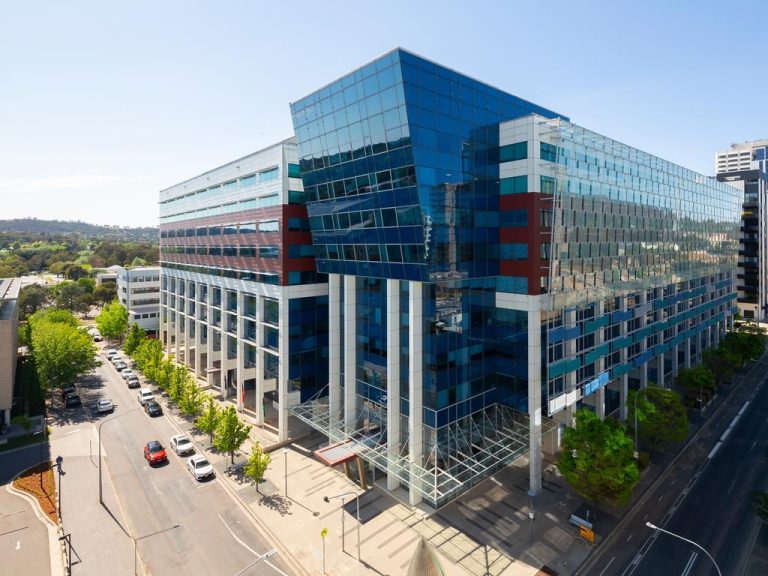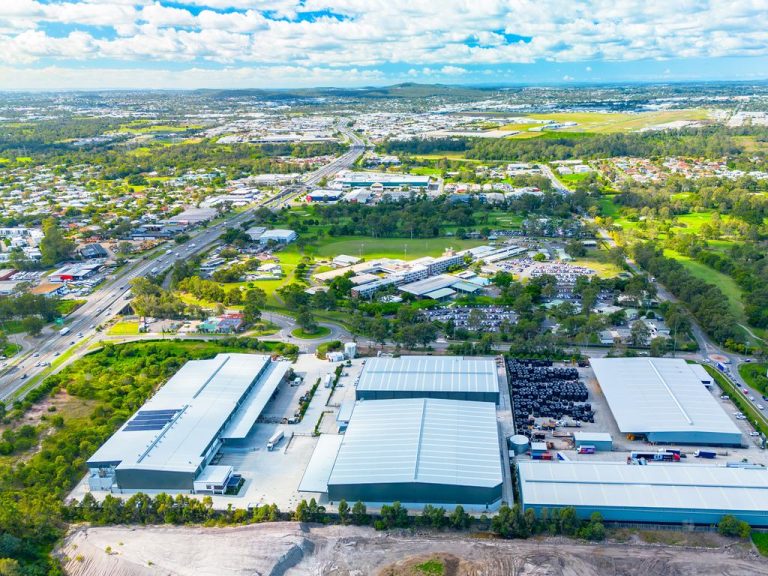RetireAustralia to roll out 1100 new dwellings in next five years

The recently completed The Green at Tarragindi.
Independent living retirement village operator RetireAustralia is planning to roll out 1100 new dwellings over the next five years as it ramps up its commitment to integrate its continuity of care strategy into its portfolio.
With 28 villages in Queensland, NSW and South Australia, Retire-Australia is a major player in a sector that has increasingly been in the glare of public scrutiny.
RA chief executive Brett Robinson said the demographic and housing outlook was grim, with demand skyrocketing and retirement villages effectively full, and the development pipeline slowing.
However, Dr Robinson said RA had a strong pipeline of new developments and a growing portfolio of villages, including the recently opened $80m The Green at Tarragindi, in Brisbane’s south.
“In the past year RetireAustralia has delivered 214 new dwellings, and is set to deliver just under 1100 in the space of five years,” he said.
“The Green, located 8km from Brisbane’s CBD, is an exemplar in the field of evidence-based home and community design principles, which takes all aspects of sustainability and ageing into account.
“We continue to be a leading provider of independent living but we provide services and support and care to the end.”
Dr Robinson said the retirement living sector was at a pivotal juncture since the Royal Commission into Aged Care Quality and Safety revealed a fractured and broken system as more older Australians than ever want to live in a retirement community rather than an aged-care facility.
“It’s critical that governments understand this as they plan for the significant increase of older Australians and aim to keep the aged care sector operational,” said Dr Robinson, who is also Retirement Living Council vice-president.
“I’m a doctor and I came into RA from a clinical background, and we’re taking an innovative approach by providing a continuum-of-care model that allows seniors to age in place.
“We’re on the journey of building our pipeline of new communities and also integrate accommodation in a way that people can age in place where they have access to care services which can come into the home or provided within the community.
“At The Green, for example, we have a care concierge and for select future communities we will be introducing care hubs – specifically designed for higher-acuity care.”

RetireAustralia CEO and Retirement Living Council vice president Brett Robinson.
Dr Robinson said he personally experienced what many children of aged parents go though.
“Mum was looking after Dad and they needed to move out of the family home but they stuck it out at home way to long,” he said.
“Dad struggled with Parkinsons and he eventually went into a nursing home and passed away.
“Mum carried the burden of that because they didn’t have an environment that was supportive to both.
“But she recently moved into one of our villages in Toowoomba and I have seen the impact of community connections and care personally through Mum.”
Brisbane-based RA was founded in 2006 and is jointly owned by New Zealand-based infrastructure investor Infratil and the NZ Superannuation Fund, which bought it from Morgan Stanley Real Estate Investing and the JP Morgan Global Special Opportunities Group in 2014 for $640m.
In the 12 months ended March 31 this year, RA made an underlying profit of $30.3m. It had 5225 residents in 3585 independent-living units and 552 serviced apartments. Resale profit was $154,666 a unit – up from $135,665 a year ago. New units were selling for $701,844 – compared to $676,941 12 months previously.
RA operates on a leasehold contract model with the resident paying an ongoing contribution.
When a resident dies or leaves they or their family receive their ongoing contribution minus the deferred manage fee.
RetireAustralia development pipeline
• THE VERGE STAGE 3, QLD: 62 apartments and a 10-suite care hub: opening 2024.
• TARRAGAL GLEN NSW: 42 apartments: opening 2025.
• ARCADIA QLD: 159 apartments and a 10-suite care hub: opening 2025-26.
• CLEVELAND MANOR QLD: 146 apartments and 10-suite care hub: opening 2025-26.
• LUTWYCHE, QLD: 229 apartments and a 12-suite care hub: waiting on date.
• LANE COVE NSW: 52 apartments: waiting on date.
• CARLYLE GARDENS QLD: 34 villas: waiting on date.
• PROSPECTIVE PROJECT QLD: 100 apartments and 10-suite care hub: Actively assessing sites with new acquisition announcements pending.
Dr Robinson said the retirement living sector will continue to be stretched.
The federal government’s Intergenerational Report 2023 states the number of Australians aged 65 and older will double in the next 40 years, while the number of people aged 85 and older is set to triple to more than 3.5 million people by 2062-63.
The 2022 PwC/Property Council Retirement Census found retirement villages were effectively at capacity nationwide, with a supply pipeline of new stock slowing down.
“There’s a complete undersupply in Australia of accommodation that supports older Australians downsizing and being able to live independently but get the support that they need,” Dr Robinson said.
“Twenty-two out of 28 of our communities there’s a waiting list and our occupancy rate is about 93 per cent.
“We need to be delivering about 10,000 to 11,000 dwellings every year.
“According to the 2022 Census it’s about half that number.
“There is a complete undersupply of dwellings that deal with the ageing population and the growing need of people to downsize.”
Dr Robinson said retirement living played an important role in housing Australia’s growing ageing population, particularly as the nation battles an ongoing housing crisis.
“The focus for the sector needs to be on injecting supply into the market to meet growing demand, but legislative reforms and other factors like high construction costs are making it harder for operators to build and operate age-friendly communities,” he said.
“Governments across the country need to realise if more seniors are living in age-friendly communities there is significant economic upside for them through reduced interaction with the health system and delayed entry to aged care, while more houses become available in the traditional real estate market.
“We are asking for a leg-up, and if they create investment and development environments that facilitate more supply the sector is ready and waiting to do it.”







